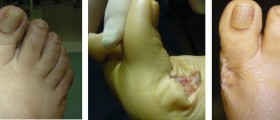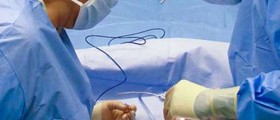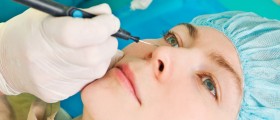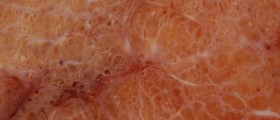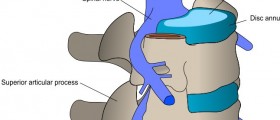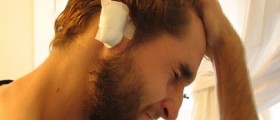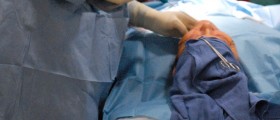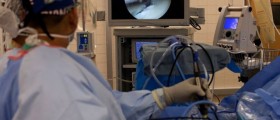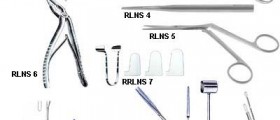Thyroidectomy is a surgical procedure of removing some parts or the whole thyroid gland. This type of treatment is necessary in some forms of hyperthyroidism, thyroid cancer, and enlargement of the thyroid gland. Surgeons always look for ways to keep as much thyroid tissue as possible because it has a very important function. If only a small part is removed, the thyroid gland can produce normal hormone levels. However, if a large part or the whole gland is removed, hormone replacement therapy is needed for the rest of the life.
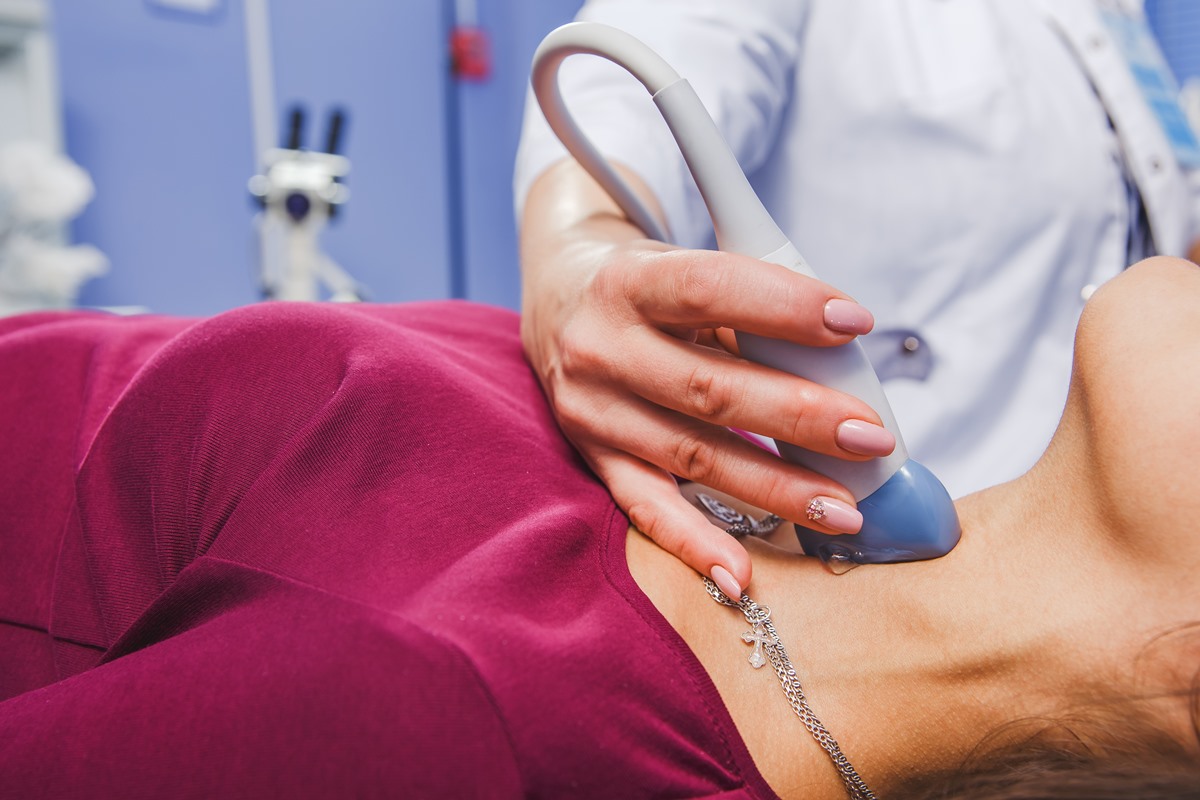
The Procedure
Thyroidectomy is performed under general anesthesia. After introducing anesthesia, the surgeon will make one or more incisions of the skin on the neck, in the portion of the problematic fragment that should be removed. Unlike a conventional thyroidectomy, a laparoscopic approach involves making small incisions and performing operations using instruments guided by camera. You should be discharged from the hospital 24 hours after the surgery, giving that there were no postoperative complications.
Postoperative Recovery
Neck pain and changed voice right after anesthesia stops working are the results of the irritation caused by the chest tube. Laryngeal nerves that control voice are placed nearly, so swelling and inflammation of the surrounding tissue can cause problems with voice which are temporary. If the voice remains changed long after the surgery, please contact your doctor to check for possible laryngeal nerve damage.
Scarring after thyroidectomy depends on the number of incisions, skills of the surgeon, and postoperative complications. Generally, these scars are not big and they become barely noticeable after full recovery. After the surgery, some amount of red swelling around the fresh incision scars is normal. However, the swelling should subside after about six weeks. Constant movements of the neck can put stress on the stitched region, so in some cases, the reddish scar can persist for up to around eight months. Wound healing can be slowed down by postoperative complications, such as wound infection and injuries. The skin of some persons has a high tendency to form very big and ugly scars called keloids. In these cases, a plastic surgeon should participate in fixing the problem.
Different over-the-counter creams, gels, and ointments can be used to promote the scar healing, but they are not recommended in the early phase of recovery. Steroid injections are sometimes used to retract scars that are very prominent.
Post-thyroidectomy scars usually persist a bit longer than you would expect, probably due to constant movements of the neck. Be patient and use recommended topical products, but give yourself some time before you decide to undergo plastic surgery.
- Shin JU, Park JH, Oh SH, Jeong JJ, Kang S, Nam K, Chung WY, Lee JH. (2015). Early intervention in thyroidectomy scars: demographics, symptoms, and prevention. J Wound Care. 24(4):163-71.
- Photo courtesy of SteadyHealth


